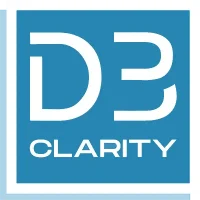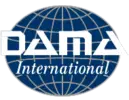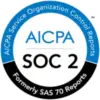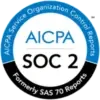Metadata
DESCRIPTION:
The Metadata domain within master data management focuses on managing data about other data, providing context, meaning, relationships, and governance rules. Metadata illuminates the specifics about business data, including its origin, format, relevance, and relation to other data, making it integral for data integration, transformation, and quality processes. It offers a structured view into data assets, facilitating both business and technical understanding, governance, and utilization.
TYPES:
- Technical Metadata: Describes data structure, tables, columns, datatype, etc.
- Operational Metadata: Data about data operations and transformations, like ETL jobs, logs, etc.
- Business Metadata: Describes business context, data ownership, business rules, and relevance.
- Descriptive Metadata: Information describing data content for search and retrieval.
- Structural Metadata: Outlines how compound objects are put together, like pages in a book.
- Administrative Metadata: Data related to resource management, like creation date, rights management, etc.
COMMON ATTRIBUTES:
- Data Name/Label: Name of the data element.
- Data Type/Format: The format or type of the data (e.g., integer, string, date).
- Source System: Origin of the data.
- Last Modified Date: Date when the data was last updated.
- Owner/Steward: Person or entity responsible for the data.
- Description: Brief summary or context about the data.
- Relationships/Associations: Links to other related data.
- Business Rules: Rules governing the data usage or modification.
- Usage Frequency: How often the data is accessed or modified.
BENEFITS:
- Enhanced Understanding: Provides clarity about the nature and relevance of business data.
- Facilitated Data Governance: Enables effective data management strategies and policies.
- Streamlined Data Integration: Assists in merging data from diverse sources.
- Improved Data Quality: Helps identify and rectify discrepancies in data.
CHALLENGES & CONSIDERATIONS:
- Complexity: Metadata can become intricate, especially for large organizations with vast data ecosystems.
- Synchronization: Keeping metadata updated with changing business data.
- Standardization: Ensuring metadata is consistent across various departments or systems.
- Security and Privacy: Protecting metadata, which might reveal sensitive information about business data.
COMMON DEPENDENCIES:
- All Other MDM Domains: Metadata describes and connects with all other domains, enhancing their utility and governance.
- Data Integration Tools: Tools that leverage metadata for data transformations.
- Data Catalogs and Dictionaries: Repositories which use metadata for organization and searchability.
Metadata in MDM serves as the guiding light, illuminating the nature, relationships, and governance of business data. It is foundational for understanding and managing data assets, ensuring that they are used effectively, accurately, and responsibly. As data continues to grow in importance and complexity, metadata management is crucial for ensuring data integrity, quality, and usability across an organization.












